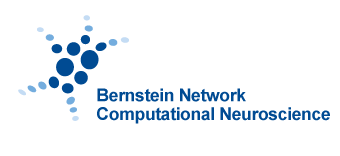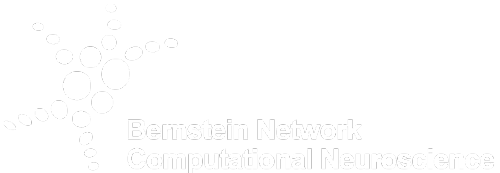Information processing through correlated and coordinated responses
Organizers
David Dahmen | Forschungszentrum Jülich, Germany
Johannes Zierenberg | Max Planck Institute for Dynamics and Self-Organization, Germany
Abstract
Information processing in the brain is believed to arise from the coordinated response of neural activities in large populations across multiple areas. Such coordinated responses give rise to correlations in local circuits that reflect not only their internal state, but also the relevant information about the input to be processed. Understanding how such correlations are shaped by the interplay between network states and input properties is therefore essential to understand how sensory information is transformed across the multiple processing stages of the brain. Recent experimental and numerical studies addressed the question of how neural responses are shaped by both network states and input features. This includes work on network models that link computational performance to different
dynamical regimes that are controlled by multiple mechanisms, from overall strength, heterogeneity and spatial structure of connections, to excitation-inhibition balance, to specific low-rank connectivity structures or local synaptic motifs.
Likewise, experimental and theoretical work analyzed how neural dynamics are shaped by different features of the input, such as their spectrum or intrinsic dimensionality, identifying unique representations in neural activity. In this workshop, we bring together experts on correlated and coordinated neural dynamics with the goal to engage into a joint discussion on how inputs (re)shape collective neural responses. How does the observed neural activity differ across cortical regions? How is this affected by input? And what does this mean for information processing? We want to address these and other questions, work out possibilities to test theoretical predictions by experiments, and discuss functional implications.




